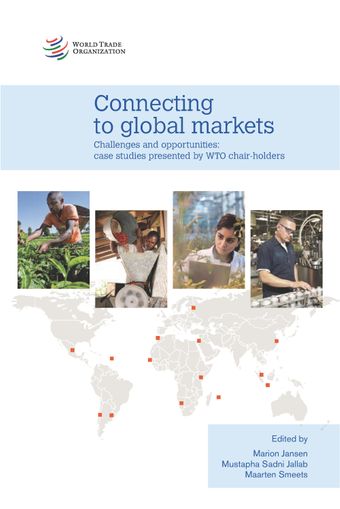The potential economic impact of Aid for Trade in the MENA region: The case of Jordan

- De : Taleb Awad Warred
- Source: Connecting to Global Markets , pp 201-216
- Publication Date: février 2014
- DOI: https://doi.org/10.30875/fa12d0ed-en
- Langue : Anglais
Many developing and least-developed countries (LDCs) remain on the margins of global trade, attract limited foreign or domestic investment, and have achieved only very limited success in the diversification of their supply of goods and services. Within the framework of Aid for Trade (AFT), attempts are being made to explore strategies to connect firms in developing countries and LDCs to international value chains. The World Trade Organization (WTO) has defined AFT as projects and programmes that have been identified as trade development priorities in the recipient country’s national development strategies. The AFT Task Force established in 2006 underlined that clear and agreed benchmarks are necessary for the global monitoring of AFT efforts. The following categories of AFT were identified: trade policy and regulations (including trade facilitation); trade development; trade-related infrastructure; building productive capacity; trade-related adjustment; and other trade-related needs. According to the United Nations Development Programme (UNDP), developing countries that have participated in international trade – including trade with other emerging economies – make rapid progress in poverty reduction and job creation (UNDP, 2013).
-
From This Site
/content/books/9789287042460s015-c009dcterms_subject,pub_countryId-contentType:WorkingPaperSeries -contentType:Periodical -contentType:BookSeries -contentType:ReportSeries105


